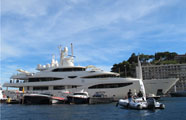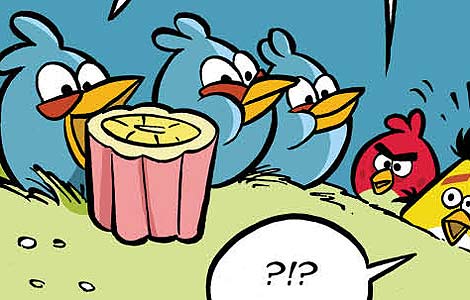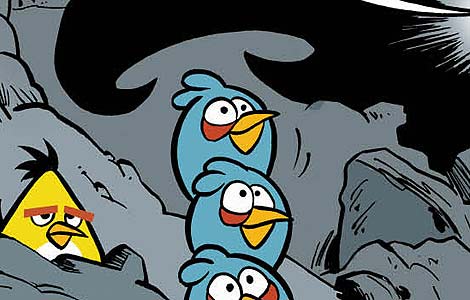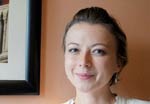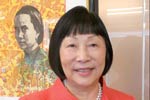Artist feels honored to have anniversary exhibit
Updated: 2011-09-12 07:40
By Kelly Chung Dawson (China Daily)
|
|||||||||
NEW YORK - On that fateful September morning, renowned artist Xu Bing was groggily getting up after a late night at work in his Brooklyn art studio. He turned on the television to find that New York had changed forever.
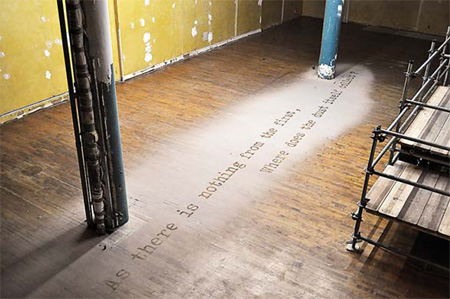 |
|
Xu Bing's display, lines of a poem written in the dust of 9/11, indicates how suddenly life can end. [Photo/China Daily] |
He ran outside and watched as the second plane hit. Then he saw the buildings collapse. The scene felt like a movie, too enormous to comprehend, he said.
But in the following days, as the scope of the damage became clear, he ventured into Manhattan to collect dust from the fallen towers because he wasn't sure what else to do.
"9/11 really made me feel that my life was tied to the city," he said. "Before 9/11 I had always felt that I was an outsider in New York, but that day changed everything. The city will always be a part of my life."
That dust is now part of a new installation called "Where does the dust itself collect?", on display at The Spinning Wheel Building in New York.
In a 25-by-20-foot area, Xu has spelled out the outlines of a Chan Buddhist poem: "As there is nothing from the first, where does the dust itself collect?"
Visitors are invited to view the piece from a raised platform.
Co-hosted by the Lower Manhattan Cultural Council and Chinatown's Museum of Chinese in America, the exhibition has been timed to coincide with the tenth anniversary of 9/11 and will be on display through Oct. 9. Although the exhibit has shown previously in Berlin, Sao Paolo and Wales, where it won the first-ever Artes Mundi Prize, the piece was never shown in New York.
"It's very special and it means a lot to me that I am able to exhibit in New York for the anniversary," Xu said. "I've been reflecting about this show. On my way from China to New York for this exhibition, security was incredibly heavy. We've been dealing with heightened airport security for ten years now. We are so conditioned and adapted to this new reality, but when you really stop and think about it, we've come to live in a truly strange world."
Xu began conceptualizing the installation in 2002 but struggled with it, he said.
"I think it's very difficult to represent such a traumatizing event. In the face of such enormous tragedy, art becomes weak. On the other hand, there's a traditional Chinese saying that you should use lighter symbolic things to deal with very heavy matters."
Andrew Horwitz, director of public programs for lower Manhattan council, compared the piece to a "totem."
"What I find most compelling about it is that it uses the physical evidence of 9/11 in juxtaposition with this Zen poem and while the dust is tangible and real, the idea of the poem is ephemeral," he said.
"It's a balance between the physical world and the non-physical world. It speaks to the ephemeral nature of our lives and how quickly what we know and the world we live in can be reduced to dust."
Xu said that he chose this poem in particular because of the tension it addresses between the physical and spiritual worlds.
"Which realm is ultimately more powerful or everlasting? I find that very interesting," he said.
Xu is best known for his controversial 1988 piece, "Book from the Sky," which featured thousands of nonsensical characters that appeared to be Chinese, printed on panels and scrolls. In 1994 he debuted "Square Word Calligraphy," using English words and letters to create characters that also appeared Chinese in structure and style.
A collection of his work titled "The Living Word" is currently on exhibition at the Morgan Library and Museum, and a separate collection called the "Tobacco Project" is on display at the Virginia Museum of Fine Arts through December.
"Xu Bing is very important, not just as a Chinese artist but as an artist of his generation," said Herb Tam, the curator for the Museum of Chinese in America.
"What separates him from other artists in the Chinese avant-garde movement is that he still maintains touchstones of traditional Chinese art. Even though this 9/11 piece doesn't overtly mark itself as being Chinese, it does connect to a deep spirituality that can be interpreted as Asian. [Xu] maintains a provocateur sensibility in the same way that other artists have done, but he's also much more tied into and captivated with the traditional Chinese-ness of where his work comes from."
Mike Fu, the Events Program Coordinator for Columbia University's Weatherhead East Asian Institute, attended the reception because he was familiar with Xu's work.
"What he does is so provocative and interesting," he said. "He's incredibly influential and well-connected in the art world. I think that his work really forces you to reevaluate your assumptions about culture." The exhibition also attempts to recognize the effects of the tragedy on Manhattan's Chinatown, said Nicola Salvage, director of marketing and communications at lower Manhattan council.
"I think that people generally focus more on the perspective of the families who were affected by 9/11 directly, and that's understandable," she said. "But people forget that there were many other communities that were affected by the tragedy. Chinatown is such a small, tightly knit community, and the effects on tourism and the lives of the people who live there were underrepresented in the mainstream media."
In addition to Xu's exhibition, lower Manhattan council is hosting an initiative titled "InSite: Art + Commemoration," featuring free arts events and a multimedia web site honoring the 10-year anniversary, Salvage said.
The New York City government recently gave Xu Bing a piece of 9/11 debris, he said. He hasn't decided what he will do with the piece yet.
"But first, I plan to bring it back to China," he said. "Over a hundred Chinese people died on 9/11, and they also deserve to be honored."


